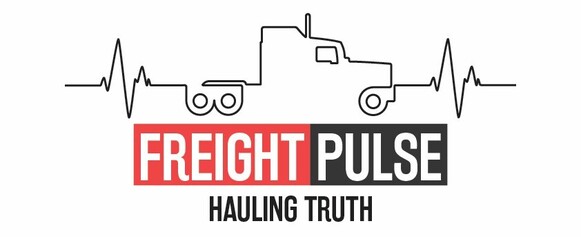As the backbone of the transportation sector, truck drivers play a pivotal role in keeping our roads safe and the economy humming. Their dedication and hard work are crucial, especially as we navigate through uncertain economic times. As we venture into 2024, it’s important to reflect on the challenges and changes that lie ahead for those behind the wheel.
Last year, while the broader U.S. economy dodged a recession, the transportation industry wasn’t as lucky. It found itself grappling with a freight recession throughout 2023, a situation that continues to affect the sector as we step into the new year. This downturn can be attributed to several key factors: a shift in consumer spending towards services rather than goods, an oversupply of trucks in comparison to the demand for freight, and the impact of inflation on both carriers and drivers.
A Look at 2024: Challenges and Expectations
The freight recession has stretched longer than usual, raising eyebrows and prompting an examination of what 2024 may hold. Despite hopes for a rebound, early indicators suggest an approaching economic slowdown, potentially leading to a mid-year recession. This outlook is based on trends such as a decrease in business investment and a consumer spending model increasingly reliant on credit, which poses risks of rising default rates.
For the trucking industry, the economic signals are significant. Demand for freight is anticipated to remain low throughout 2024, impacted by manufacturers and retailers’ hesitancy to build inventories. On the supply side, the industry faces the exit of numerous trucks, unable to cope with the lower freight volumes and increasing operational costs. Inflation continues to push expenses higher, notably affecting the costs of purchasing and maintaining trucks and insurance premiums.
Strategic Insights for Drivers
In light of these challenges, there are strategic moves drivers, whether independent operators or part of larger fleets, can make to navigate the year successfully. Ensuring a stable source of freight and managing costs meticulously are paramount. Larger carriers, with their access to a diverse customer base, may have an edge, but independent drivers can also find opportunities through technology platforms that connect them to freight.
Fuel efficiency and cost control are more critical than ever. Investing in Auxiliary Power Units (APUs) can help reduce fuel consumption without compromising comfort during long hauls.
Conclusion
As we face a year filled with uncertainty and economic pressures, the message to drivers is one of cautious optimism and proactive strategy. By securing stable freight sources and controlling operational costs, drivers can tackle the challenges of 2024 with confidence. The transportation industry relies on their resilience and commitment, and as we move forward, their safety and success remain a top priority.

